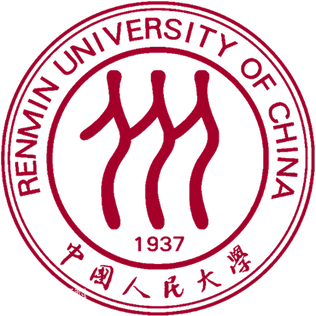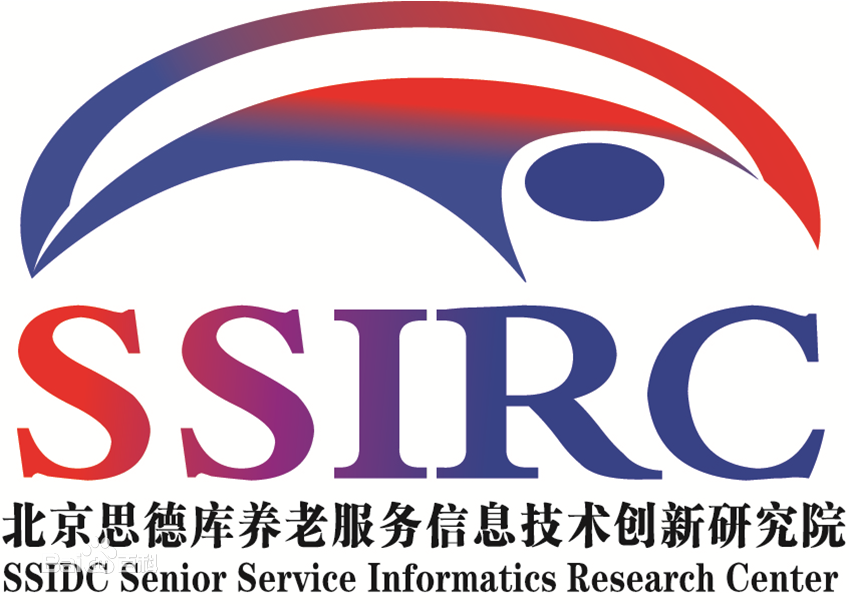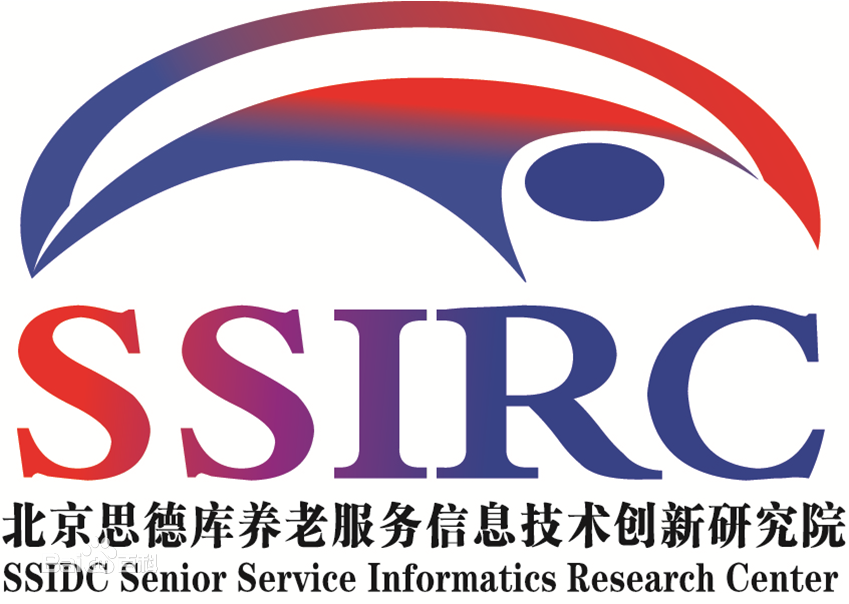
August 22-24,2019
BY DEBRA WOOD, R.N.
Giving time to improve another person’s life or the greater community offers benefits far beyond the good deeds done by volunteers. It creates feeling of self-worth in those doing the giving and can improve their outlook and well-being. This is particularly true for older adults, including those living in LeadingAge-member communities.
“Volunteering gives us another reason to get out of bed in the morning, because we look forward to getting together and doing this,” says Carol Jenkins, a resident at Parker at McCarrick in Somerset, NJ, and secretary of its Living with Purpose Club. “It makes us feel good helping others.”
Research supports the value of volunteering, not just for the good done but the health benefits for the volunteers.
“Volunteering is in older adults’ best interest,” agrees Tom Endres, program director of the Aging Network Volunteer Resource Center at the National Association of Area Agencies on Aging (n4a) in Washington, DC. “There is a growing body of research showing that even a moderate amount of volunteering increases health and well-being and adds 2-plus years to longevity.”
Benefits can include improved physical and mental health, reduced effects of chronic conditions on people’s lives, reduced pain along with increased life satisfaction, improvement in cognitive ability and lessening of depression. People also develop relationships while volunteering that improve their social lives, Endres says.
“It gives meaning and purpose to life,” adds Martha Graybeal Rowlett, a resident of Givens Estates in Asheville, NC, and chair of its Volunteer Partner Agency Board.
From formal partnerships to a hands-off policy, LeadingAge members embrace their residents volunteering in their greater communities in a variety of ways. Many of the residents also volunteer on campus.
Developing Partnerships
At Givens Estates, community engagement and volunteering are part of the life plan community’s wellness culture. The Resident Wellness Committee organized a task force to learn where residents were volunteering. Of the 88 organizations residents listed, 5 were identified as having the most resident participation. The agencies include Asheville Buncombe Community Christian Ministry, Habitat for Humanity, Manna Food Bank, Mission Hospital and The North Carolina Arboretum.

Givens Estates
Givens Estates residents Hal and Alberta Starnes join a group of other residents sorting apples from a local orchard that were donated to MANNA FoodBank.
Rowlett approached those organizations about formal partnerships, outlining what they and the senior volunteers would do. As the vision and work of the task force grew, it led to the development of the Volunteer Partner Agency Board and formal agreements and partnerships.
“The relationship with these agencies gets stronger every year,” says Sally Bush, programing director at Givens Estates and volunteer board staff liaison. “Martha is passionate about this work, and it’s contagious.”
Rowlett views the partnerships as a win-win for Givens Estates, its residents and the organizations.
“The agencies were thrilled,” Rowlett recalls. “Each one was delighted to have a partnership.”
Resident and staff member contact teams serve as liaisons to the 5 partner agencies. For instance, the ministries director is the staff liaison to the hospital, the grounds director with the arboretum. The residents do the work, Bush explains, and staff members serve as advisers.
“Staff give it continuity and sustainability,” adds Mark Bailey, development director at Givens. “From time to time, we may step in to help make something successful. Givens Estates also supports the efforts of the board with limited funding.”
The organization publishes a 26-page Guide to Volunteer Opportunities for Residents and Staff With Partner Agencies in Asheville, and features a video about volunteering on its website.
Four groups meet on the Givens Estates campus, sewing, knitting or preparing mailings for the partner agencies. Residents typically drive themselves or carpool to their off-campus volunteer jobs. But for a group activity, such as building a Habitat house, staff may drive residents to the site on the Givens Estates bus.
The agreement with the agencies includes limits on fund-raising, so residents do not become targets. The agency may publicize one fund-raising event annually in the Givens Estates newsletter. They also are required to keep the Givens Estates volunteer board informed about the work being done and to appreciate the more than 100 volunteers, who gave about 12,000 hours last year.
One volunteer organized and repaired jewelry that was donated to Habitat for Humanity and obtained appraisals on some valuable pieces. She now has opened a department at the Habitat ReStore to sell the jewelry. Two master gardeners who live at Givens Estates educate new Habitat owners about how to landscape their property.
The Living With Purpose Club
When residents of Parker at McCarrick told Erica Rattray-St. Jean, social service manager, that they wanted to do more with their lives and to create new memories, she helped them form the “Living with Purpose” club. The first project was remodeling a pond garden on campus, and then they sought opportunities off campus.
The residents of this nursing home are more limited in their ability to volunteer, but still find meaningful ways to contribute. They raffled a basket to raise money for the Alzheimer’s Association and the Living Water Children’s Centre Fund for clean water at an orphanage in Haiti. Then they made candleholders, with proceeds benefiting Living Water to purchase school supplies for children in Africa. The organization took photos of the children receiving the supplies to show the residents. The children also sent letters of thanks.
“Part of our mission is to celebrate our successes,” Jenkins says.

Parker
The Living with Purpose Club at Parker at McCarrick helps nursing-home residents find meaningful ways to help various organizations.
The residents continue to look for projects, particularly smaller charities, where they can monitor the progress, says Rattray-St. Jean. Kenneth Wolfire, treasurer of Parker’s Living with Purpose Club, suggested holding a fund-raiser in conjunction with the Somerset Patriots baseball team, to purchase an eye examination machine for the Caribbean Medical Mission of New Jersey, which provides care to underprivileged people in the Caribbean. The residents attended the special game.
“I look forward to being someone who can contribute,” Wolfire says. “I have a new life now.”
Supporting Residents’ Volunteer Efforts
About 170 of 550 residents at Cypress Cove at HealthPark Florida in Fort Myers, volunteer approximately 1,200 hours per month. About a year ago, Mary Franklin, resident services director, formalized their efforts and offered staff support for recruiting new volunteers, problem solving and tracking hours donated. Cypress Cove also added recognition programs.

Cypress Cove at HealthPark Florida
Cypress Cove woodshop volunteers build memory boxes for children who are being treated at a nearby Children’s Cancer Center.
“When we promote our volunteering, we have noted an increase in new residents becoming involved,” says Lucinda Henry, volunteer program coordinator at Cypress Cove. “It helps them make their transition to living here smoother, because they see they have valid work to be done. If they come with a new idea, we are all over it.”
Residents knit caps for children undergoing surgery at the nearby hospital, and wood shop volunteers make memory boxes for parents of children who have died. The residents collected and packaged toiletries for the homeless to give to the Salvation Army, donated hundreds of pounds of food for a food pantry and collected nearly 1,000 toys at Christmas for needy children.
Another group makes cards for the Senior Friendship Centers, which are delivered with meals to seniors. Employees and residents will join Keep Lee County Beautiful to clean a local beach, picking up litter and debris, this fall. Franklin reports volunteers are proud of their accomplishments.
“They are empowered,” Franklin says. “Our residents are active and feel part of the Southwest Florida community.”
Staying out of Residents’ Way
Pilgrim Place in Claremont, CA, takes a hands-off approach to resident volunteering. The life plan community is designed for people who have retired from religious or not-for profit organizations.
“Volunteering is a way of life,” says Jennifer Tomes, executive associate at Pilgrim Place. “These are persons who have always given, and they continue that in retirement.”
Pilgrim Place volunteers assist at a homeless organization, checking in people applying for groceries and collecting personal items for the homeless. They provide counseling to and mentoring of homeless men and women. They also help with shower days for homeless at a local church.
Residents volunteer their time to mentor college students from 5 Claremont Colleges for the Napier scholarship. The intergenerational mentoring program links Napier Fellows interested in exploring vocations for social change with elders at Pilgrim Place who have built a lifetime of experience, leadership and professional skills in work for social justice, environmental sustainability and peacemaking, Tomes explains.
On an international scale, residents work with Amnesty International. They write letters that may have been successful in the release of 12 people.
“Our residents live in an intentional community, and what that means is they take care of each other and the world,” Tomes says.
Finding Volunteer Opportunities
Opportunities abound for residents to become involved in the communities outside their campus. Area Agencies on Aging and the Corporation for National and Community Service can help match older adults interested in volunteering with needs in the community.
Local Area Agencies on Aging at the state level coordinate the State Health Insurance Assistance Program, the Senior Medicare Patrol and the Ombudsman program. More volunteers for those programs can help expand services and solve many of the issues facing communities, Endres suggests.
The Corporation for National and Community Service provides grants to the Foster Grandparents, RSVP and Senior Companions programs. More than 270,000 older adults volunteer in these programs.
Rowlett recommends reaching out to local organizations where residents already volunteer. With needs great in communities across the country, residents at all ability levels have found ways to make a difference in others’ lives and are reaping the rewards.
“These are wonderfully gifted people with life experiences and wisdom,” says Rowlett. “They know they are valuable, are appreciated and are doing something that makes a worthwhile contribution. That’s health-enhancing and happiness-producing.”
Sources: International Federation on Ageing
































































































